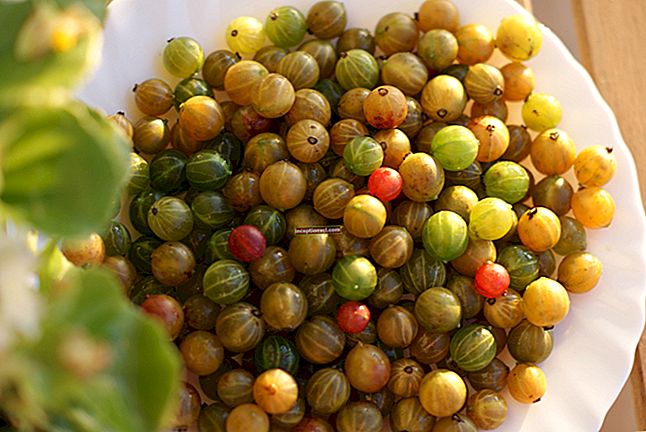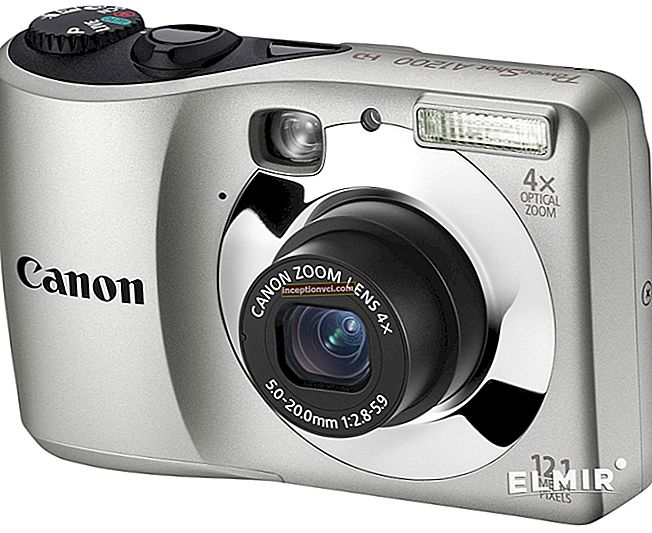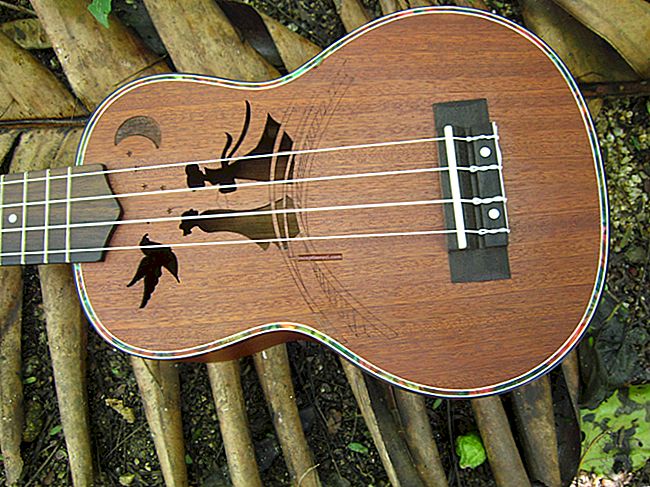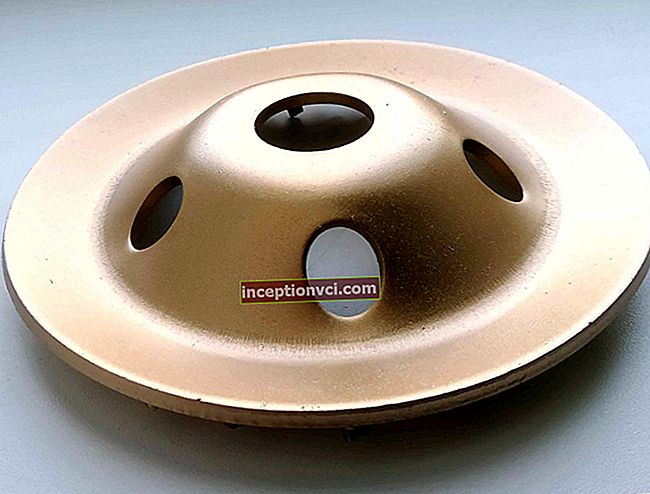HOW TO CAPTURE CARP. PART 1.
We bring to your attention a series of articles devoted to modern methods of carp fishing. In them, we will try to cover the relevant techniques as broadly as possible.
Most of the articles are devoted to carp fishing - a whole set of puzzle pieces that we propose to put together into a coherent whole.
From the very beginning, we will make a decision to move away from the norms of "book writing" for carp fishing, where the lion's share of the introductory part is allocated by the authors for scientific research concerning the species distribution of carp, their size, food supply, etc. We will touch only a small specificity of the nutrition of this fish, we will make every effort to together understand the existing myths and misconceptions that have taken root over the long centuries of catching this inhabitant of our reservoirs.
In our articles, you will not receive instructions on how to make rigging, as well as recommendations on the strategy and tactics of fishing from recognized "gurus". We will make an attempt to come to a common denominator together, not bowing to "authoritative opinions", but using the simplest logic in interpreting certain steps, actions, editing mechanisms and much more.
Carp nutrition.
Many anglers who try to catch carp are mistaken about the diet and preferences of this fish. They seek to feed her with what they consider to be "natural bait." Most often it is a worm, or corn, or, as is customary to catch in many places of our country, sunflower, and more recently, even soybean cake of various types (cubes, ground into dust, etc.). Using these lures, a very popular tackle in the form of a spring (and its modifications) caught a fairly large number of fish.
This bait is bottom, since carp has always been considered a bottom fish (we will talk about this below), and in this part of the tactics the anglers did not miss. The main mistake of those who are trying to catch carp (carp) with these tackles is the misconception about its nutrition and taste preferences.
Most of all in this matter "helps" fishermen science - "ichthyology". They and ichthyologists, each in their own way, approach the principles of fish feeding. Ichthyologists are trying to solve the problem of how to feed carp with minimal financial costs in a commercial reservoir with a high density of inhabiting fish, so that it grows extremely quickly and at the same time that carp meat meets various accepted standards. We (fishermen) have to come up with a solution to another problem - how to attract carp. And between the concepts of “feed” and “attract” there is an abyss. Here, more often than not, all that bait falls into it, with which fishermen, thirsty for carp, fall asleep in reservoirs in unimaginable quantities throughout the country. At the same time, they refer to ichthyologists or grandfather's experience, when such specimens were caught in-oh-oh-from!
To saturate carp is to do so that in conditions of a minimum content of natural food in the reservoir, or in the absence of it at all, the fish grows very quickly at the lowest cost. Of course, in this case, it is assumed that there will be a lot of fish in the reservoir, respectively, food competition in its environment will also be very high. This assumption is true only in relation to fish farms, or, as they are commonly called by the people, "fish farms".
Marketable fish are relatively young individuals, up to the age of 3 years - carp, not exceeding the size of 1.5 - 2 kg. In fish, like in humans, young means “inexperienced”, because there are so many young carp in the catches of fishermen and there are practically no trophy specimens for 10 kg. Juveniles are easier to fool and less wary. In the jargon of "advanced" carp hunters (nicknamed "carp anglers"), they are called "tuziks."I must say that carp fishing is a hobby with a rather voluminous slang content, derived partly from English words meaning the name of a particular tackle, or from the local dialect. We will interpret this or that "jargon" as they appear, but for now let's return to the section between the concepts of "attract" and "feed".
In general, if you have a desire to catch a relatively small carp up to 1.5-2 kg, you will do it with success in almost any body of water located within a radius of 30 kilometers from your settlement. The reason for this, as we said above, is that this fish grows quickly, and most importantly, it is simply stupid and very voracious at this age. The effectiveness of fishing for carp of this size, of course, will be influenced by the feed and its quality, as well as the chosen tactics of the angler. In general, you have practically no chance of being left without fish weighing up to 2 kg when fishing with an overnight stay. At the same time, we repeat that what you will be feeding, this is the second time, what kind of bait you will catch - too. The main thing is that the fish have the opportunity to find your bait and attachment, and those, in turn, would have the simplest quality - edibility.
Taking into account the peculiarities of carp in this age category, ichthyologists have developed a special food for carp fish. Without going deep into organic chemistry (which we, nevertheless, have to do a little later), we can say that they are made on a plant basis, in granular or loose form. The basis of the feed is made up of cereals (barley, wheat, corn), legumes and oil crops (soybeans and sunflower), much less often fish meal. A so-called "premix" is often added to this mixture. In percentage terms, its addition is insignificant (approximately - 1% of the total feed weight). And it is a mixture of vitamins, minerals and enzymes (breakers of complex carbohydrates). This is done for those specific purposes, which we will consider a little later. The diet of fish is compiled based on the specific goals of the fish farm, carp grows, and in the future it appears on our tables in the form of a variety of dishes.
To attract a carp is to carry out a set of actions in such a way that it will certainly come to the place of the reservoir where your nozzle is located. This is much more difficult to do than just feeding the fish at the fish farm. Why? For several reasons.
Firstly, the density of the carp population in reservoirs, where its commercial breeding is not carried out, is much lower, therefore, it has the opportunity to choose between the food offered to it by you, and that which is given by nature. More often than not, the choice will not be in your favor. Why is this happening? Because the menu provided by nature is very healthy and nutritious for fish. These are ordinary small insect larvae (bloodworms, dragonfly larvae), shells, crustaceans, snails, etc. It is a protein-rich food that is highly nutritious and provides carp with a full range of substances necessary for full development and growth. It turns out that in that reservoir where there are few carp, and you see it jumping out of the water (by the way, we will talk about this phenomenon later), or standing shallow near its surface, blowing bubbles and whole geysers in the place of active feeding, it is not possible to catch it ... Day after day you try to do it, but it doesn't work. Maybe this is why you are reading this article now?
The thing is that to seduce carp on a wild pond is to offer him something that will be more tasty, nutritious and healthy than his usual food. We are deeply convinced of this and there are many confirmations of this theory.
With the very principle of attraction, we roughly orientated ourselves, it remains to understand: what should be fed to carp in a reservoir, where there is relatively little of it, but there is enough natural food?
In search of an answer to this question, we propose to turn to two sources - our fathers and grandfathers, and English fishermen.Both give answers to a similar question in different ways.
Let's start with the conservative inhabitants of foggy Albion. Coming to the description of the baits they use at the present time, we will try to find out how they came to this.
Traditions of carp fishing in England have existed for a long time, however, as well as in other parts of the world. But, around the 50s of the last century, boilies appeared and, as a result, hair accessories.
Whoever said what now, it was a revolution in the world of fishing. Many, followers of the modern method, began to successfully catch large carp, better than their colleagues did. Those, in turn, trying to keep up with their comrades, had a hand in the development of the bait and bait market, which began to develop rapidly, meeting the increased needs. Omitting the stages of development of this market, we will simply describe the results to which it led.
The current English bait is a highly nutritious feed in loose form (the so-called bulk), in granules (pellets), and liquids, which are either natural extracts of plant or animal origin, or a mixture of artificial alcohols, sweeteners, flavors, glycerins, etc. ... The English also respect Particles, which includes peas, wheat, corn we know, as well as exotic tiger nuts, chickpeas, and even hemp seeds.
Pellets Are flavored granules enriched with natural extracts, highly nutritious and saturated with fat (or unsaturated). The most popular are: Halibut pellets, Trout pellets, carp pellets without fat, which can be called - Hi value low oil pellets or simply - Carp pellets, and many others, such as granules with extracts of worm and bloodworm , with betaine and even red pepper extract! The size of this pellet comes in various diameters, from 1 to 20 mm. Some variants reach a diameter of 50 mm. Each type of pellet has a variety of characteristics in terms of buoyancy, oil saturation, and dissolution time in water. There are a lot of pellet manufacturers, but few can afford to produce pellets according to their own recipe. Good quality and high quality pellets from Dynamite baits and CCMoore.
Loose groundbait (Ground baits). It can be either self-prepared groundbait, which includes free-flowing fractions and flour of various types (fish, meat and bone, etc.), and ground pellets. Their disadvantages and advantages are the topic of a separate series of articles.
Liquids. Fishermen definitely underestimate this product. They are able to raise the performance of your catches higher by several levels, you just need to learn how to use them correctly.
When classifying liquids, it is customary to divide them into three groups:
- 1. Liquids with the addition of chemically synthesized flavors.
- 2. Natural extracts and extracts.
- 3. Mixed liquids.
There are many manufacturers of liquids, especially in England. Dynamite baits and CCMoore have proven themselves well.
By particles the situation is similar with pellets. A large number of particles are sold off-the-shelf, such as hemp, corn and tiger nuts. They are used with all sorts of spices and flavorings. The former, by the way, are also used as attractants, and quite successfully.
So, we roughly understood what types of "fishing food" for carp exist in England. And about what opportunities open up with their help to inquisitive fishermen, we will write later.
In the meantime, we propose to return to those baits that our grandfathers used and we continue to use.
In the first place, especially in the central and eastern part of the country, of course, sunflower cake, or the so-called macuha.There is no doubt that with the help of this bait a lot of fish were caught, which could not resist, and were punished for this. If we talk about our attitude to this bait, then it should be said that, on the one hand, it is overestimated, on the other hand, the potential inherent in it has not yet been revealed.
The protein (protein) content of up to 30 - 35%, the presence of essential amino acids, as well as a considerable amount of minerals and vitamins so necessary for fish make the makuha a very attractive food for fish. After all, it is not without reason that sunflower cake is one of the main parts (up to 50%) of industrial feed.
For clarity, we give a recipe for the preparation of one of their feeds for industrial carp breeding:
wheat - 22%;
soybean meal - 27%;
sunflower cake - 30%;
fish flour - 12%;
fish oil - 1%;
fodder tremors - 7%;
premix - 1%.
Using these recipes, you yourself can mix all these ingredients and get food for carp, but not at all attract it.
But in order to attract fish with the help of macuha, you need to get rid of the "harmful" substance for carp - fiber. This is not difficult to do, you just need to add the enzyme. What it is, we will analyze a little later.
In the meantime, we propose to talk about the myth regarding carp fishing on the top.
Often grandfathers said that before taking a cube of makuha, a carp "blows" on it. This is just a very funny myth. In addition, it contains a statement that a carp, standing near a cube with a top, sucks it to such an extent until it is caught on the hooks located next to it. This is not at all true, believe me. On the Internet or in specialized stores, you can find videos with underwater filming of carp fishing, which examine in detail his reaction to danger, his food intake, depending on many factors, his instinct. They analyze in great detail and consider all the underwater secrets of the mustachioed sly man. In these films, you will see that carp, simply exploring the bottom, sucks in the bait like a vacuum cleaner, releasing small inedible bottom particles through the gills, and spits out large inedible fractions.
So the top, being destroyed by the action of water, forms a cloud of its particles and nutrients. Some of them lie at the bottom. The carp sucks in these particles in one fell swoop and, if you're lucky, it will suck in the hooks dropped from the cube too. In this case, you will catch him, if this does not happen, you will have to re-throw the tackle.
Generally speaking, fishing with a drumhead and tyrant is a real barbaric method of fishing, which we do not recommend to anyone for two reasons. The first is a low degree of bite implementation, since the hooks accidentally fall into the mouth of the carp, and some of them can cling to various obstacles while playing the fish. As a result, you will lose carp. The second - these tackles cause injuries to the caught fish, incompatible with its life.
Well, we have more or less disassembled the makuha, and figured out why it is so attractive to carp. Returning to other classic "grandfathers" baits.
Cereals such as barley and wheat have also been successfully used as bait for a long time. Potatoes, corn and peas are also used. All these baits have one thing in common - they are of plant origin and, therefore, contain complex polysaccharides such as fiber. The intestines of carp are simply not predisposed to digesting such things (unlike, for example, grass carp) and you will not be able to provoke him to eat at all. In other words, he eats as much as he can, and will swim away to digest this food as far as it is more convenient for him. Your task is to keep the fish until it gets on the hook. It is very difficult, and sometimes even impossible, to achieve this using plant-based bait on wild reservoirs.It is guided by these considerations that vegetable baits are cooked, the digestibility of such feed by fish increases several times, and, thus, it is possible to achieve partial destruction of complex polysaccharides. But there is a limit that cannot be overcome. This is the content of fats, proteins and proteins in plant feed. If we are talking about fats and proteins, then you will be able to choose a feed that, to one degree or another, would meet your requirements. But when it comes to proteins, it is here that plant feeds are forced to lose to feeds of animal origin.
Be that as it may, we will consider the issue of using enzymes in plant baits in more detail, but for now it is necessary to realize that plant baits, that is, those that were actively used by our fishermen, are significantly inferior to baits of animal origin.
We deliberately bypass such animal baits as a worm, maggot and insect larvae, that is, those that successfully catch carp to this day. We do this due to the fact that these are nozzles, while we are talking about baits. We do not know of people who would feed, for example, with worms in the amount of several kilograms on every fishing trip. Although this, undoubtedly, would bring a good result.
Now, having approximately decided on the types of bait that are used by our and English fishermen, we will try to answer the question: whose bait is more effective? We will not say that English groundbait is better, simply because it is better, as many reputable anglers do it. We will follow the logical path. English groundbaits are often very nutritious, low in polysaccharides and highly attractive to carp. That is, he will find your bait faster, and will also eat more of it in the form of special granules than, for example, the same wheat, and, therefore, he will stay much longer in the area where your bait lies, which means that the chances of him catch, increase several times. This is due to the fact that Pelex, like other baits, is designed to attract carp, and the classic old-fashioned version is designed to feed it. Of course, the latter also have a right to life, but if we are talking about efficiency, then a balanced feed for carp produced by a world-renowned company has no equal among grandfather's baits. Therefore, in the future we will try not to analyze grandfather's baits as part of bait programs and strategies for catching large carp. Again, this will not prevent you from hunting grass carp, which feeds on vegetation, and is actually omnivorous, with the help of such baits.
In the next article we will try to understand what is rigging for carp fishing, which species are the most famous, and which of them is the most effective, and also we will analyze the conditions in which these or those carp mountings are used.









